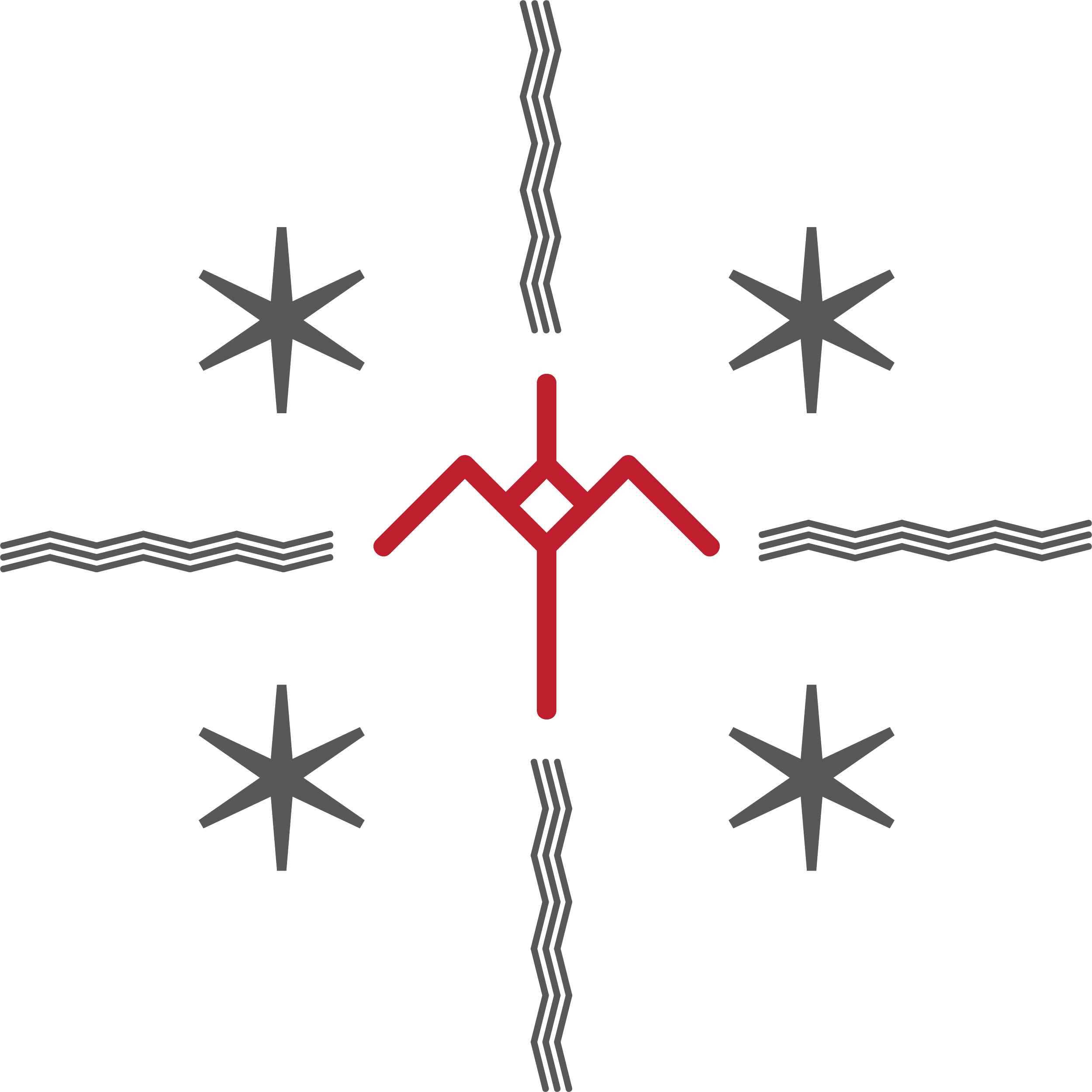Navigating Māori Tattooing in Tourism
***Disclaimer***
This article was AI generated and while it’s purpose is to be informative, it does:
A - Not reflect our personal views in any way and
B - Should not be relied upon as a sole source of information for the subject under discussion.
Title: The Sacred Art of Ta Moko: Navigating Māori Tattooing in Tourism
In the heart of Aotearoa, New Zealand, lies a cultural tradition as ancient as the land itself—Ta Moko, the sacred art of Māori tattooing. For centuries, Ta Moko has served as a symbol of identity, lineage, and spirituality for the indigenous Māori people. However, as tourism in New Zealand flourishes, the intersection of Ta Moko and tourism raises questions about cultural appropriation, authenticity, and respect.
**The Rich Tradition of Ta Moko:**
Ta Moko is far more than just a form of body art—it is a living expression of Māori identity and culture. Traditionally, Ta Moko was a rite of passage, marking significant milestones in a person's life, such as puberty, marriage, or leadership roles within the community. Each intricate design carries layers of meaning, reflecting a person's genealogy, social status, and connection to the land.
Unlike Western tattooing, which focuses primarily on aesthetics, Ta Moko is deeply spiritual and deeply personal. The process of receiving Ta Moko involves more than just choosing a design—it requires a deep understanding of Māori customs and protocols, as well as a willingness to honor the cultural significance of the art form.
**Ta Moko in Tourism:**
As tourism in New Zealand continues to grow, so too does the interest in Māori culture and traditions. Many tourists are drawn to the allure of Ta Moko, viewing it as a way to connect with indigenous culture and take home a piece of their New Zealand experience.
However, the commercialization of Ta Moko raises concerns about cultural appropriation and exploitation. Some tourists may view Ta Moko as nothing more than a souvenir to be acquired, without understanding or respecting its cultural significance. This can lead to the commodification of Māori culture, reducing it to a mere commodity for tourist consumption.
**Navigating Respectful Engagement:**
For tourists interested in experiencing Ta Moko, it's essential to approach the art form with reverence and respect. This means seeking out reputable artists who have a deep understanding of Māori culture and who prioritize cultural sensitivity in their practice.
Additionally, tourists should take the time to educate themselves about the significance of Ta Moko and its place within Māori society. Understanding the cultural protocols surrounding Ta Moko, such as who is eligible to receive it and the appropriate occasions for its application, is crucial to ensuring respectful engagement.
Furthermore, tourists should be mindful of the power dynamics at play when engaging with indigenous cultures. Rather than viewing Ta Moko as a commodity to be consumed, tourists should approach it as an opportunity to learn and connect with Māori communities on a deeper level.
**Conclusion:**
Ta Moko is more than just a form of body art—it is a living expression of Māori identity, culture, and spirituality. As tourism in New Zealand grows, it's essential to approach Ta Moko with respect, reverence, and a willingness to learn. By engaging with Ta Moko in a culturally sensitive manner, tourists can not only honour the traditions of the indigenous Māori people but also gain a deeper appreciation for the rich tapestry of cultures that make up Aotearoa, New Zealand.
